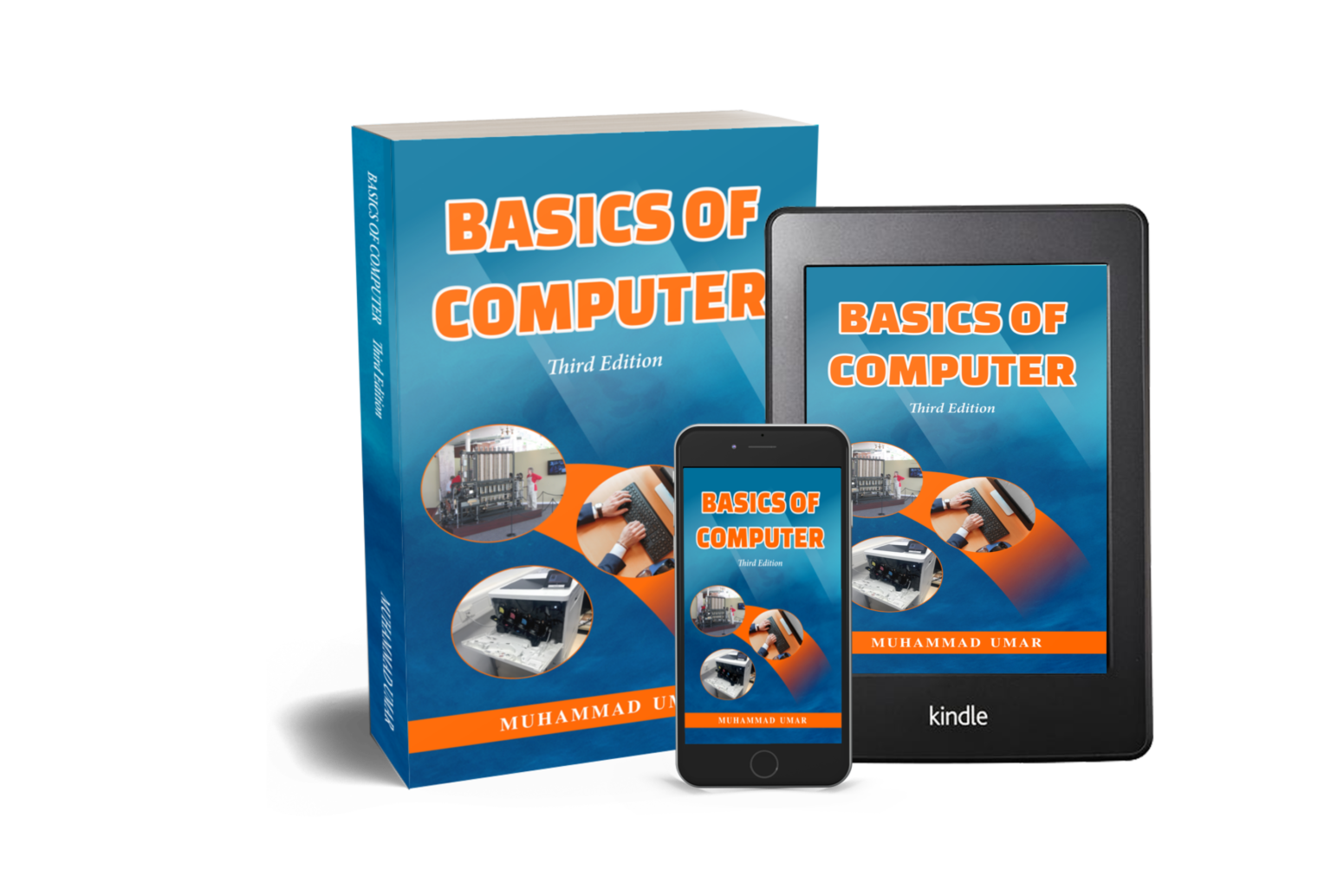Database Systems Course Outline 2023
Today’s post will explore the Database Systems Course Outline 2023 (DIT-Part II), providing an overview of the course contents, outlines, syllabus, and reference materials. This course, encompassing approximately 125 topics, focuses mainly on Introduction to database concepts, Relational database concepts, Data Modelling and Database development using MySQL.
The study scheme for the Introduction to Programming course was meticulously developed by the Khyber Pakhtunkhwa Board of Technical and Commerce Education in 2023. Its primary objective is to cultivate a basic and comprehensive understanding of programming, coding and problem solving, ensuring students acquire a robust knowledge base in this domain.
INTRODUCTION TO DATABASE CONCEPTS
1.1 Definition of Database
1.2 Importance/Advantages of Databases
1.3 Database Models
1.3.1 Hierarchical
1.3.2 Network
1.3.3 Relational
1.4 Definition of Database Management System (DBMS)
1.4.1 Relational DBMS (SQL Based)
(MS Access, MS SQL, MySQL, ORACLE)
1.4.2 Non-Relational DBMS (NoSQL)
(MongoDB, HBase, Cassandra)
1.5 Functions of DBMS
1.5.1 Data Dictionary Management
1.5.2 Data Storage Management
1.5.3 Data Integrity Management
1.5.4 Backup & Recovery Management
1.5.5 Security Management
1.5.6 Multi-User Access Control
RELATIONAL DATABASE CONCEPTS
2.1 Definition of Relational Database & RDBMS
2.2 Entity, Table, Record, Field
2.3 Primary Key, Composite Key, Foreign Key
2.4 Referential Integrity
2.5 Types of Relationships
2.5.1 One-to-One
2.5.2 One-to-Many
2.5.3 Many-to-Many
DATA MODELLING
3.1 Introduction to Data Modelling & its importance
3.2 Definition of Entity Relationship Diagram (ERD)
3.3 Elements of ERD
3.4 Transforming ERD to Relational Schema
3.5 Normalization of Relational Database
3.5.1 First Normal Form (1NF)
3.5.2 Second Normal Form (2NF)
3.5.3 Third Normal Form (3NF)
DATABASE DEVELOPMENT USING MYSQL
4.1 Introduction to MYSQL
4.1.1 Definition and advantages of MySQL
4.1.2 Installation of MySQL Community Server 8.0
4.1.3 Introduction to MySQL Workbench 8.0
4.1.4 Introduction to MySQL Shell 8.0
4.1.5 Introduction to MySQL 8.0 Command Line Client
4.2 Introduction to Structured Query Language (SQL)
4.2.1 Data Definition Language (DDL)
4.2.2 Data Manipulation Language (DML)
4.2.3 Data Control Language
4.3 MySQL Statements for Database Development
4.3.1 Database Manipulation
i. CREATE DATABASE statement
ii. DROP DATABASE statement
iii. USE Statement
4.3.2 Basic Data Types
i. VARCHAR
ii. TEXT
iii. LONGTEXT
iv. INT
v. BIGINT
vi. FLOAT
vii. DOUBLE
viii. BOOL ix. DATE
x. TIME
xi. YEAR
4.3.3 Table Manipulation
i. SHOW TABLE Statement
ii. CREATE TABLE statement
iii. DROP TABLE statement iv. TRUNCATE TABLE statement
v. ALTER TABLE statement
vi. ALTER TABLE – ADD
vii. ALTER TABLE – DROP COLUMN
viii. ALTER TABLE – MODIFY COLUMN
ix. CREATE INDEX statement
x. INSERT INTO statement
xi. UPDATE statement
xii. DELETE statement
xiii. LIMIT clause
xiv. INSERT INTO SELECT statement
xv. DESC and EXPLAIN statements
4.3.4 Data Retrieval
i. SELECT statement
ii. SELECT DISTINCT statement
iii. WHERE clause
iv. Operators used in WHERE clause
v. Wildcards ( % , _ ) used in WHERE clause
vi. AND, OR, NOT Operators
vii. ORDER BY clause
viii. ORDER BY DESC
ix. GROUP BY statement
x. HAVING clause
4.3.5 Constraints
i. NOT NULL
ii. UNIQUE
iii. PRIMARY KEY
iv. FOREIGN KEY
v. DEFAULT
vi. CHECK
4.3.6 Functions
i. AVG()
ii. COUNT()
iii. CONCAT() iv. LOWER()
v. LENGTH()
vi. LTRIM()
vii. MIN()
viii. MAX()
ix. RTRIM()
x. REPLACE()
xi. REPEAT()
xii. STRCMP()
xiii. SUBSTR() xiv. SUM()
xv. UPPER()
4.3.7 MySQL Operators
i. Arithmetic Operators
ii. Comparison Operators
iii. Logical Operators
4.3.8 Views
i. CREATE VIEW statement ii. DROP VIEW statement
4.3.9 MySQL Joins
i. INNER JOIN
ii. LEFT JOIN
iii. RIGHT JOIN
iv. CROSS JOIN
4.3.10 Front-end-Development
i. Connection MS Access to MySQL Database.
ii. Creating Forms for MySQL Databases
iii. Creating Reports for MySQL Databases
Reference Material / Books
Related Posts
Basics of Computer By Muhammad Umar
Recent Posts
Ask a Question
Do you have any questions? Rest assured, we're here to provide answers. Join us in our forum where you can engage in fruitful discussions, ask your queries, and receive insightful responses from our esteemed authors and community members. We look forward to your active participation and valuable contributions as we collectively explore various topics. Let's come together and share your thoughts!

